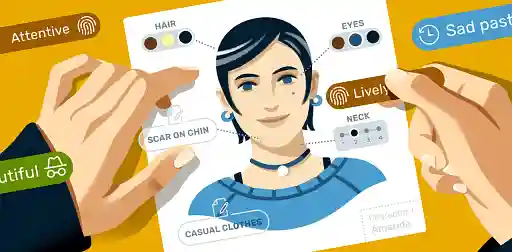Posted on Jul 17, 2020
How to Plan a Novel: From Idea to First Draft in 7 Tips
Tom Bromley
Author, editor, tutor, and bestselling ghostwriter. Tom Bromley is the head of learning at Reedsy, where he has created their acclaimed course, 'How to Write a Novel.'
View profile →Jumping headfirst into writing your very first novel without any planning is possibly the biggest mistake an author can make. That said, a good plan doesn’t have to be a chapter-by-chapter outline or a massive document describing every character and setting.
Everyone has their own approach to crafting stories, so rather than giving you a specific guide on how to plan a novel, we’re going to share seven universal tips to help you form a solid foundation for your next writing endeavor. Let’s dive in!
If you're not writing fiction, you might want to check out our guide on how to outline a nonfiction book.
1. Pick a planning method that works for you
Before we jump into the details of your story, let's discuss the planning approaches available to you. As mentioned before, there isn't a tried-and-true way to plan a novel — the process is specific to both the author and the story that's being told. Some authors type up bullet-point lists, some draw mind maps, some even sketch their characters. Here are just a few methods you may wish to try out.
Book development exercises 📖
Sometimes, all you need to do is ask the right questions, and amazing ideas will present themselves to you! If you’re wondering what those questions might be, check out the following template provided by Shaelin from our Youtube channel, and follow her video series on how to develop a book to see how she puts it to good use.
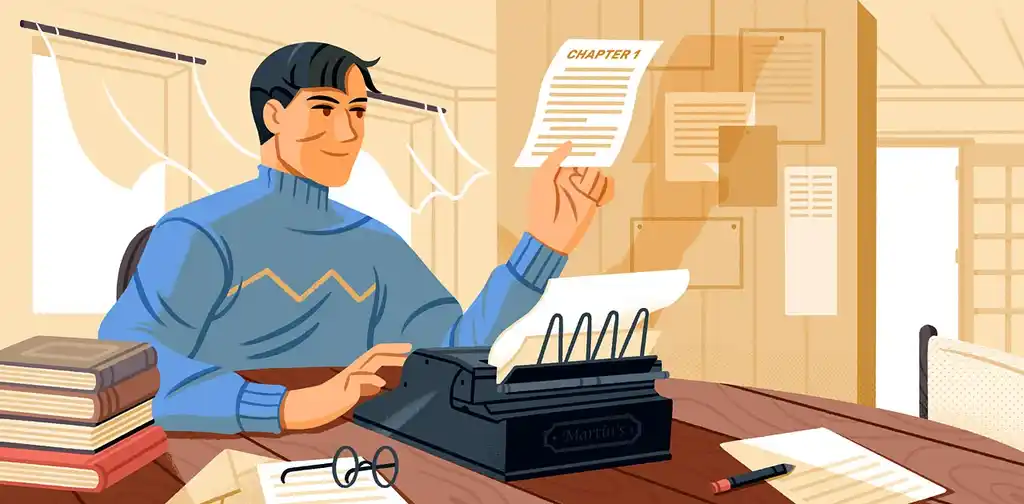
FREE RESOURCE
Get our Book Development Template
Use this template to go from a vague idea to a solid plan for a first draft.
We also have a post on writing exercises that might help you flesh out your plot and characters, if you need more inspiration!
The Snowflake Method ❄️
Picture a snowflake, starting at the center and then fanning out to all sides in an intricate design — that’s what your planning process would look like if you use this method. You begin with a simple one-sentence summary of your plot and then branch out to characters, setting, and other details from there.
And just as a snowflake is almost round in shape, the process for this kind of planning is also somewhat circular. You may start with character development, switch to worldbuilding, and then turn back to characters when you feel inspired to do so. Remember, growth in one area can create sparks for another — don’t feel like you have to plan in a particular order, just do what works for you!
The classic free-writing method ✍️
You can’t go wrong with free-writing — it lets you spill out all the thoughts you have about your story and can even help you make connections you’ve never noticed before. Our only advice to you if you intend to use this method is to organize your ideas under these headings: characters, setting, and plot. That way, you’ll be able to find and edit details easily, and you won’t become overwhelmed by your own notes.
2. Zero in on your protagonist
Now we get to the meat of the planning. Every single story follows at least one protagonist — so if you want a foolproof start to your plan, kick things off with your main character(s). But don’t just think about their names and what they’ll look like, as fun as that might be! Instead, to ensure that your novel is anchored in believable human behavior, you should delve into your main character’s core by doing the following.
Choose a goal 🎯
A goal is not just something a character has to work toward. Rather, it embodies that character’s greatest desire: the thing that they care about the most. This ties directly into other parts of their profile, such as temperament and backstory, and informs all of their choices throughout the story.
Let’s take a look at a popular example: The Hunger Games. Katniss Everdeen’s goal to survive the deadly Hunger Games stems from her desire to provide for and protect her family (temperament), a role she’d taken on since her father died (backstory).

A character's goal is the driving force behind every action they take, contributing to their character arc and the book's overall narrative arc. By teaming up with her competitors to try and survive, Katniss learns of the extent of the suffering created by the government. Subsequently, her goal extends from merely surviving to leading her family and countrymen in their fight against tyranny.
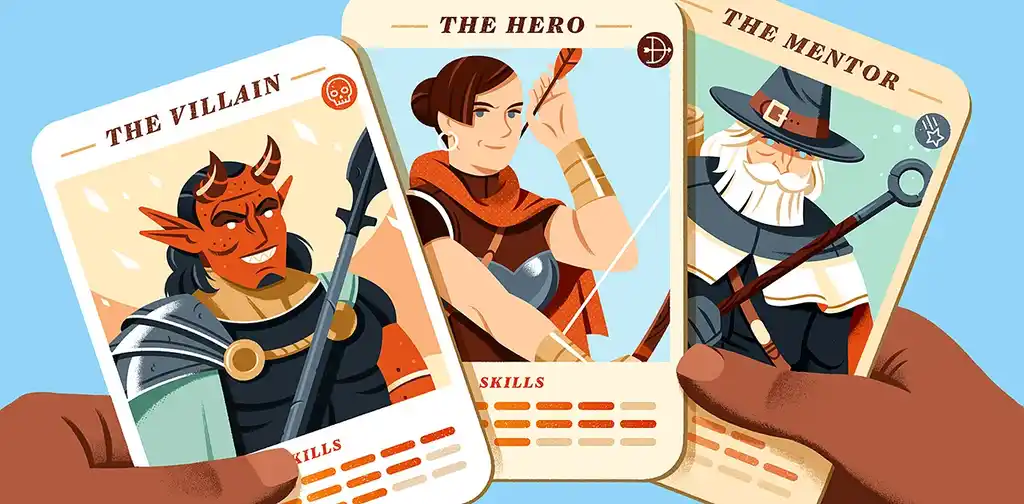
FREE RESOURCE
Reedsy’s Character Profile Template
A story is only as strong as its characters. Fill this out to develop yours.
Outline a belief system ☯
Having nailed down your character’s primary goal, temperament, and backstory, let’s dig a little deeper into their psyche — the parts of your character that may be less obvious on the page. Your protagonist should be a round character with a complex belief system which may include details about:
- How they see themselves in contrast to others;
- What they believe to be their rights; and
- Whether or not they agree with the reigning values of their society.
Not only will this deepen your understanding of your character, but also your plot! Perhaps even more so than their immediate goal, a character’s belief system can give you some great ideas about which kinds of situations you can construct to increase the stakes throughout your book.
For instance, Katniss has always trusted in herself more than the systems that were established around her; she starts out believing that laying low and living a simple life is how she can keep her mother and sister safe. By creating situations where surviving also means defying the state, the book strengthens the former belief while also challenging the latter.
If you’d like to dig deeper into your characters, here are some resources you might find useful:
- Dynamic Characters vs. Static Characters available here
- 12 Types of Characters Featured In Almost All Stories available here
- 8 Character Development Exercises to Help You Nail Your Character available here
3. Create a challenge
If your character’s biggest goal is one side of the storytelling coin, then the central conflict is the other — you need to have both in a novel. Only when there’s something to impede the protagonist in their quest can there be the rising stakes that readers so desire and enjoy.
This obstacle (or series of obstacles) can be a physical antagonist, a status quo, a disruption in the protagonist’s environment, or all of the above. There are plenty of different kinds of conflict you can use, even in conjunction with one another! However, we suggest you choose a central, impactful conflict when you’re planning your novel. Everything that happens in the story should either add to or resolve this central conflict.
Consider an internal conflict
Not every story needs a strong internal conflict — for example, Sherlock Holmes is more concerned about solving mysteries than searching his soul. But for most genres, a personal struggle can make the character more multi-layered and believable, and the story more compelling as a result.
This internal plight may come from a challenge to the character’s belief system, or a memory from the past that they can’t shake. Jane Austen’s Pride and Prejudice prominently features internal conflicts. Both Elizabeth Bennet and Mr. Darcy let their pride and assumptions about one another's backgrounds stand in the way of their romance and, by extension, their happiness. Only by overcoming their prejudices and learning to see past each others' status could they begin to ease the tension and allow their romance to flourish.

Sometimes, internal and external conflicts play off each other and tie the character and narrative arcs together. In this way, sussing out an internal conflict may help you shape the central conflict itself.
4. Find a setting that suits the story
As you’d expect, the setting of a story varies wildly depending on your genre. Say you’re writing historical fiction about soldiers on the Western Front during World War II (think Atonement) — the setting is part and parcel with the story concept. But even if your setting isn’t quite so intertwined with your novel’s plot, you should still put a good amount of thought into it.
Indeed, whether you’re building an elaborate mythical world or basing your narrative in a real location, it’s important to make sure that this environment helps you tell the story. Not quite sure how to do that? We’ve got a couple of suggestions for you.
Use the setting to enhance your conflict
If you’re choosing from several potential settings, ask yourself which one will most effectively heighten the central conflict. For instance, if your character is trying to find themselves, you might want to set the story in a big city full of exciting opportunities. A small, down-to-earth town may pop up as a stark contrast to that (for example, if your main character goes home for the holidays), but it probably won’t be ideal as your main setting.
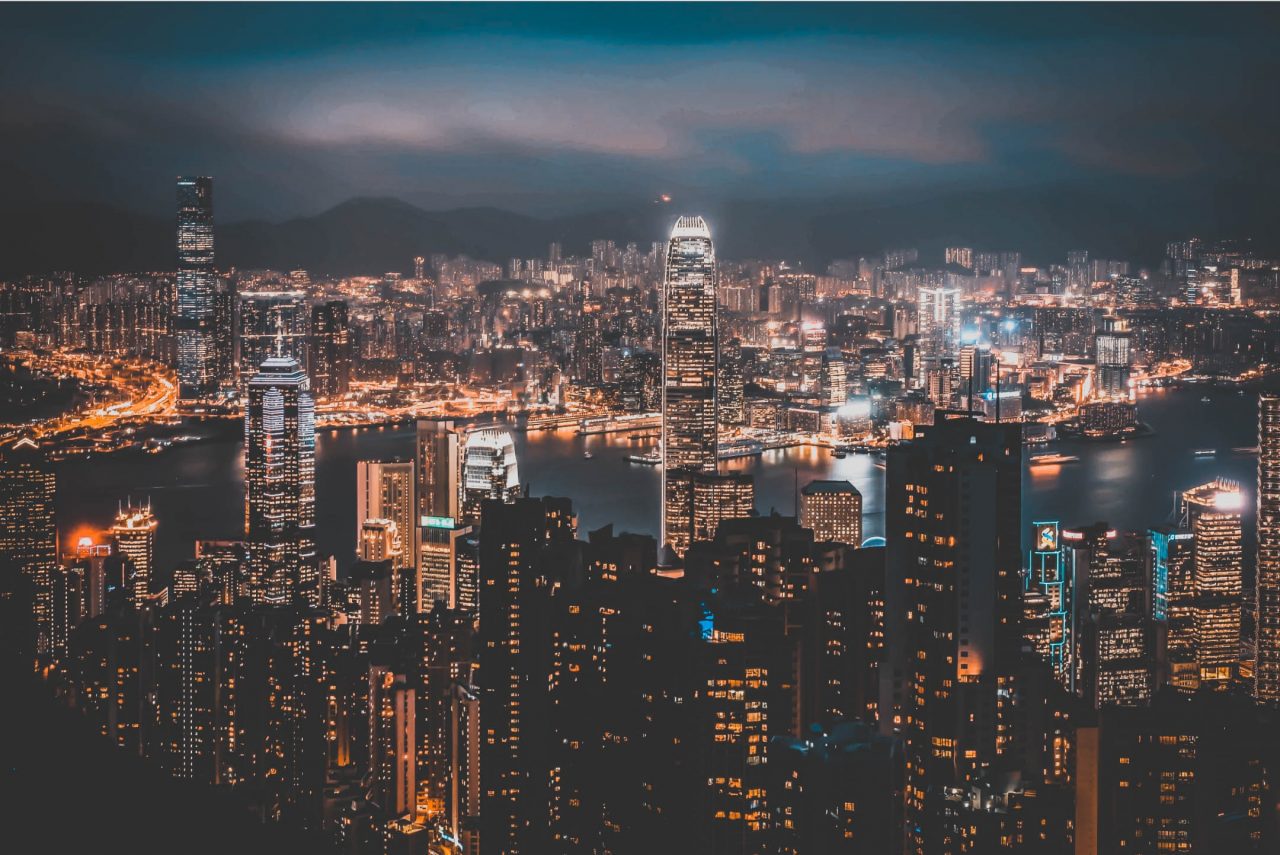
One thing to note: though it doesn’t necessarily have to increase the conflict, your setting should never undermine the obstacles in the story. If you’re writing a horror that relies on the main character being utterly isolated, setting it in a theme park with free phone-charging points and maximum 4G signal might not be ideal.
Do some research (if needed)
🧭 For fantasy and sci-fi novels with complex invented social systems, you can look into both lore and existing scientific developments to strike a balance between what’s most interesting and what makes sense. This comprehensive guide to worldbuilding, complete with a thorough template, might be of assistance to you.
🌎 For settings based on actual locations, especially those that you haven’t spent much (or any) time exploring yourself, find out more about the general living conditions and common lifestyles there. You don’t have to visit the place to get to know it — use blogs, books, or even Google Street View to construct a convincing image of life in this setting.
5. Decide on an ending
If you’ve written any kind of story before, you’ll know that it’s usually easy to begin one, but finishing it can feel like a Herculean feat. Sometimes you lose direction of where the story’s going, sometimes you stumble into a creative cul-de-sac — both are incredibly frustrating. The good news is, you can let the story's ending inspire what happens in the lead-up. In other words, you can reverse-engineer from the finale to create a solid outline for the entire plot!
Pro-tip: Reverse-engineering from the ending is especially useful when planning for a mystery.
By far, the most common, organic way to end a story is to simply resolve the central conflict, giving characters closure and providing readers with answers to all their questions. Star-crossed lovers should get together for the finale, detective stories should end with the solving of a mystery. This is the type of ending you should aim for unless you’re writing a series, in which cliffhangers and open endings may be appropriate.

Follow a character arc
If you’re really struggling to come up with a satisfying finale, let your protagonist’s arc lead the way. After all, the story is about them; if you know where they will end up, that should give you a rough indication of where your story ends. For instance, if your character struggles in a toxic relationship throughout the story, a logical ending might be for them to move out and start up a new, independent life.
Be careful with ambiguous and twist endings
Unclear endings and plot twists have their places in literature — when done correctly, they thrive in literary fiction and mystery novels, respectively. But they’re also challenging to pull off. Writing a twist is often walking the line between not being surprising enough and being overly dramatic to the point where it's unconvincing. As for ambiguities, most readers don’t enjoy being left on the edge — they want a solid, conclusive ending (think "happy ever after" in a romance novel, or the villain's defeat in fantasy stories). So unless you can build onto it well enough, it’s probably safer to avoid twists and open endings.
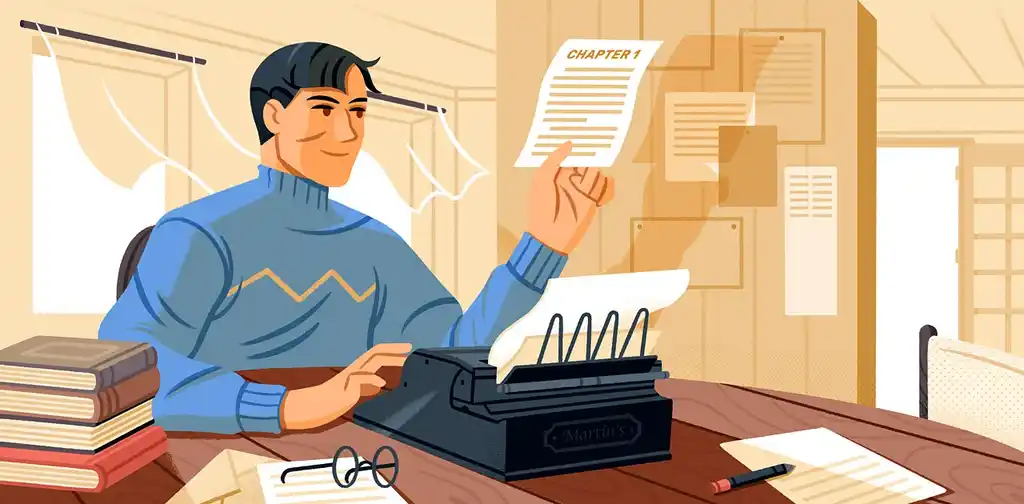
FREE COURSE
How to Write a Novel
Author and ghostwriter Tom Bromley will guide you from page 1 to the finish line.
6. Consider your novel’s style and structure
Now let’s take a break from the story-based aspects of planning a novel and look at some technicalities. When it comes to style and structure, you may feel inclined to just go with the flow and see what happens. But to help you maintain consistency and avoid tedious revisions, here are a few elements to think about as you plan a novel.
Point of view
Most writers choose between the first and the third person POV. First person gives readers direct access to the mind of the protagonist. Third person, while less intimate, gives you the chance to explore a wider range of events and perspectives in the story.
A middle ground between first and third person is a multiple-POV book, often used for stories with an ensemble cast of characters. Use this breakdown of the benefits of each viewpoint to gauge which one’s the best for your novel. (To be clear, we don’t recommend writing a whole book in second person unless you have an extremely good reason for doing so.)
Note that each POV also comes with its own voice. With first person, the narrator voice is the voice of the protagonist. Using third person POV, not only can you explore the voices of your characters, you can also set the tone for the story. Whether the story is eerie or humorous, whether it's cynical or light-hearted — third person viewpoint can play a big part in determining these.
Chronology
Most stories will follow a linear timeline, although some might not. Gillian Flynn's Gone Girl, a domestic mystery about the disappearance of Amy Dunne, is a good example of a non-linear story. The chapters don't just switch between Amy's and her husband Nick's viewpoints — they also jump back and forth in time. Nick’s narration tells the story that’s happening now, while Amy’s narration, at least in the first section of the novel, gives the backstory of their marriage. This adds to the suspense, although it might be too complicated a structure for other genres.
Pro-tip: If you do want to follow multiple timelines, it’s best to map everything out onto one big chronology first, so as not to lose track when you write.
Present vs. past tense
Again, there is a trend here: past tense tends to be the go-to for most genres, especially science fiction and fantasy. But that’s not to say that you don’t have a choice.
Present tense gives a sense of intimacy and immediacy to your story, and makes it easy to stage flashbacks. If you want to focus on the “now,” you will likely lean toward using present tense. Just be absolutely sure before you start writing, because editing the tense of several chapters (or a whole manuscript) won’t be easy.
7. Know when to start writing
Some people prefer to have a detailed outline to guide their writing, while others want to discover the story as they write. The decision of when to stop planning and start writing relies entirely on how you work best as an author.
However, before moving on, you should make sure you have at least developed:
✅ A narrative arc with a beginning, midpoint, and end
✅ Character profiles for your main characters
✅ A clear setting
These elements will come up again and again as you write, so having a firm grasp on them should help you immensely, saving you from excessive rewriting down the line.
Pro-tip: When you think you’ve done all the planning you need, leave it for a week before you start writing. That week’s reserved for mulling things over and seeing if you want to change anything.
Once you’ve nailed all those elements down — in other words, once you’ve created a good foundation — you’re ready to start writing that novel!
Hire a book coach on Reedsy
Conni F.
Available to hire
Editor-in-Chief guiding experts to confidently publish a book that builds their business & reputation.
Francesca R.
Available to hire
Eagle-eyed editor (copy and developmental) with a passion for health and social care publishing, legal content and the humanities.
Sorrel P.
Available to hire
Editor with 30 years' experience ☆ MA in Publishing ☆ Agented and published author ☆ Clients include PRH (inc Ladybird) and Harper Collins







